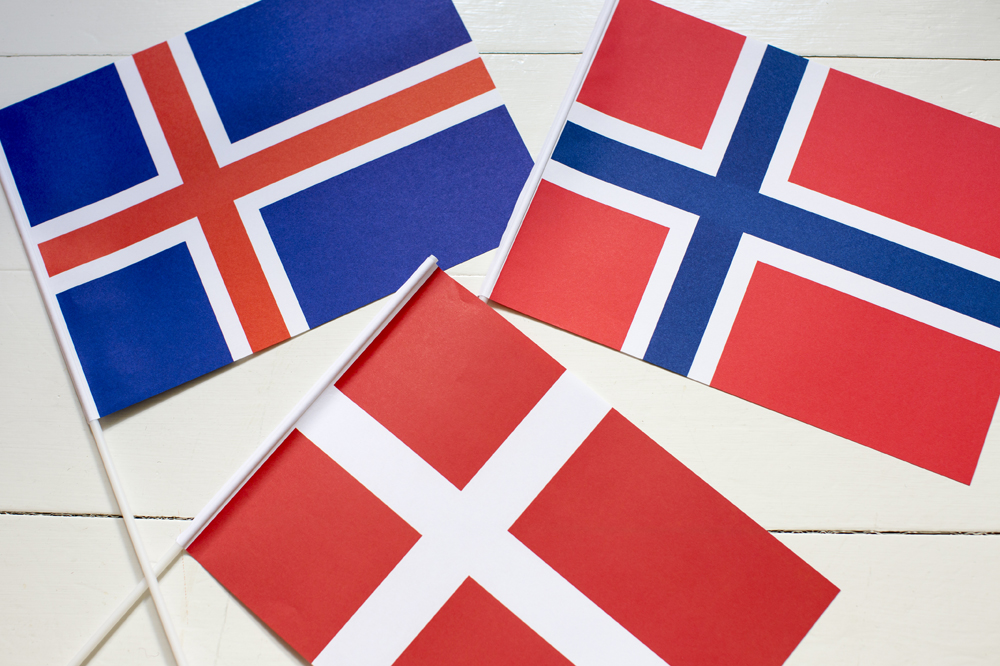All the successful bidders have been found. Thus, we have now completed the second joint Nordic tendering procedure for medicines. A tendering procedure in which we have set new milestones in several areas.
"More than anything, we’re delighted that this time we’ve managed to put together a model such that the agreements we’ve concluded with suppliers include Iceland. Furthermore, in close cooperation with suppliers, this is the first time we’ve been able to include environmental requirements in our tendering procedures. This is an area that we will definitely continue. We’ve taken the first step, but the aim is that, together with suppliers, we can ensure more sustainable supplies of medicines," said Flemming Sonne, CEO at Amgros.
Iceland had particular challenges in the first joint Nordic tendering procedure. Even early on, several suppliers announced that it would not be financially feasible to apply for marketing authorisation for such a small market. And suppliers that already had marketing authorisation for their medicines said that, because of special agreements with agents in Iceland, they could not participate in the tendering procedure.
This time we managed to overcome this issue.
"With support from the Icelandic authorities and in very good collaboration with the Icelandic Medicines Agency, it was possible to find a model such that suppliers could apply for marketing authorization more quickly. We’re extremely pleased to have received bids for the Icelandic tendering procedure. The result means that several medicines will now be registered on the Icelandic market, and tender prices are considerably lower than before," said Hulda Harðardóttir, project manager for pharmaceutical procurement at the Procurement Department Landspítali, Iceland.
Why solve challenges alone when we can probably stand stronger together?
This is the common fundamental idea behind the joint Nordic tendering procedure on the supply of medicines to public hospitals.
Everyone can see the growing challenges in supplying medicines to hospitals. If we can join other countries to form a larger market for selected medicines, we will become more attractive for suppliers, which can then tender for a larger volume.
“It seems that we have found yet another good contribution to securing supplies of medicines to Danish hospitals. Even during the first common Nordic tendering procedure, we received bids for all the medicines, we invited tenders for, and now we’ve done it again. We’ve also been able to stimulate competition for several of the tenders, with a number of tenderers submitting bids. Therefore, we have good reason to continue down this route,” said Tommy Juhl Nielsen, acting director at Norge Sykehusunnkjøp HF, divisjon legemidler.
As this is the first time we have had to draw up a common tendering procedure together, with the environment included as an award criterion, it has been exciting to see whether this would have any impact on the number of tenderers.
Out of 12 suppliers, 11 met all the criteria on the environment. So sustainability and environmental criteria do not seem to have kept suppliers from bidding.
However, the difference in price between successful and unsuccessful bidders was ultimately so large that the environment was not the decisive factor.
“We have a strong ambition to contribute to the green agenda in all three Nordic countries. We have now taken the first important steps. So, we’re naturally very satisfied with the strong support from our suppliers for this first Nordic tendering procedure with environmental criteria.
I’d like to take this opportunity to thank the suppliers for their commitment and involvement in this, our second common Nordic tendering procedure. We look forward to continuing our close cooperation to develop common Nordic tendering procedures: next time with even stronger environmental requirements,” said Flemming Sonne.
As, in addition to price and environment, we also evaluated the bids on supply, the joint Nordic tendering procedures included 13 medicines that are all in what we refer to as phases 5 and 6 of the medicine lifecycle. This means that we consider that the medicines are potentially supply-critical or there is a de facto monopoly.
Specifically, the tendering procedures include the following medicines:
- Ampicillin
- Anagrelide
- Ceftazidime
- Ceftriaxone
- Cefuroxime
- Ciprofloxacin
- Gentamicin
- Meropenem
- Methotrexate
- Metronidazole
- Ondansetrone
- Paracetamol
- Vancomycin
The procurement period for the tendering procedures will run from 1 April 2022 to 31 March 2024, with option for extension.
The environmental criteria included documentation on environmental certification, description of the environmental policy and description of eco-friendly transport.
Contact
Karen Torgny
Senior Specialist- Communication
I’m responsible for overall communication at Amgros, including PR. And I help to ensure that we communicate with the surrounding world in an open and engaging manner.
